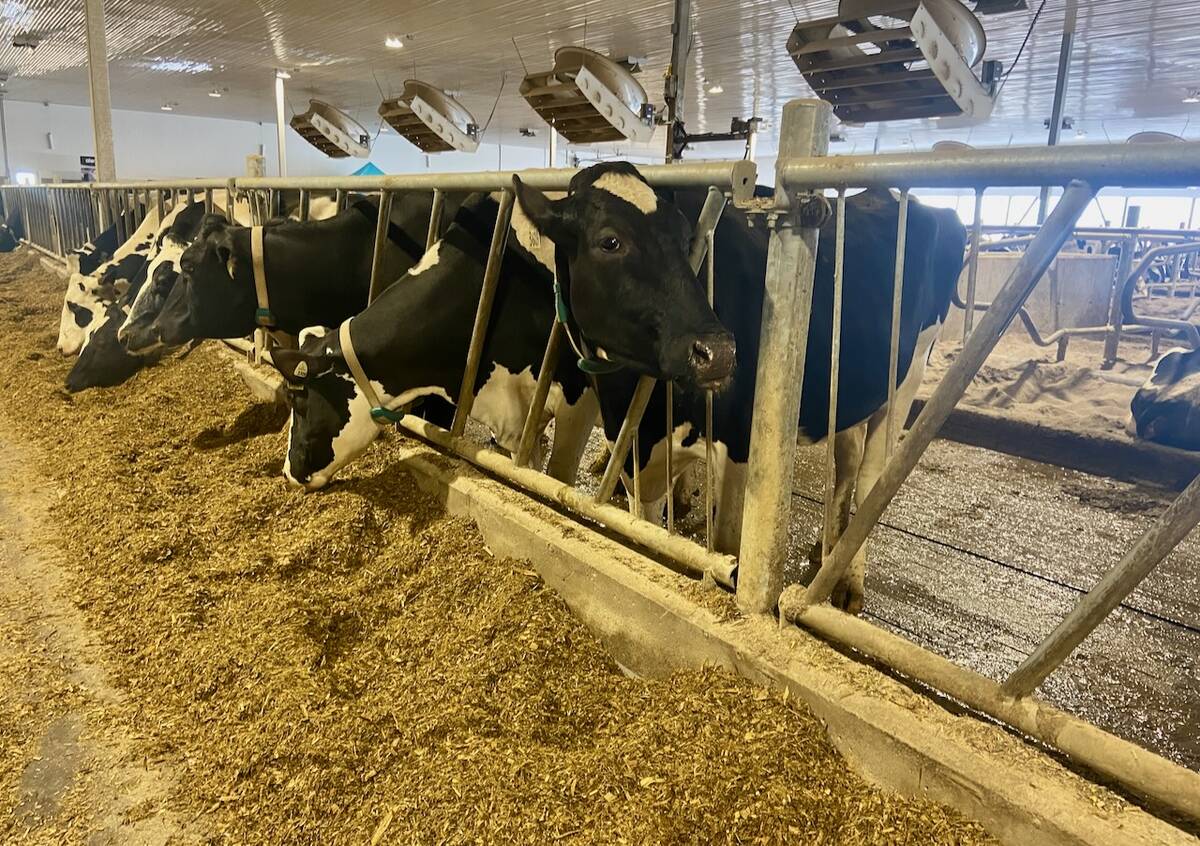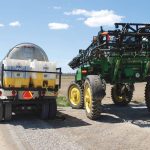The death toll in Manitoba’s anthrax outbreak has risen to 58 animals, all cattle, except for one horse and two goats, according to Sandra Stephens, a disease control specialist with the Canadian Food Inspection Agency.
Twenty quarter sections of land owned by about 20 farmers have been quarantined near Komarno in Manitoba’s Interlake, about 70 kilometres north of Winnipeg in the rural municipalities of Armstrong and Rockwood.
Alvin Prysizney, who keeps a small herd of nine cow-calf pairs, lost one animal to the disease about three weeks ago.
Read Also

U.S. farm group supports supply management
U.S. grassroots farm advocacy group pushing new agriculture legislation that would move towards supply management like Canada has for dairy industry
“A guy lost a bull and he figured that lightning struck it. So he buried it. Then about five days later he lost two cows,” he said.
Suspecting blackleg was the culprit, samples were taken, which later came up positive for anthrax. Upon hearing the news, Prysizney immediately vaccinated his herd, but his own bull died two days later.
He said the outbreak began in mid-July and then started spreading north. One rancher has lost up to 16 head, he added.
The outbreak followed the typical scenario. In 2004 and 2005, his land was flooded. Last year was dry, as has been this year.
Although some rain has fallen since spring, it has been so dry lately that he has decided to hire a backhoe to bury his bull instead of burning it, due to the risk of grass fires.
“It costs money, but you don’t have to sit around and watch,” he said.
Stephens said the CFIA distributes vaccines to affected producers and pays an indemnity to help offset the cost of disposing of carcasses, by deep burial with formaldehyde or burning. The payment for cattle and bison is $500, horses and cervids $350, and goats or sheep $100.
Heavy spring rain and a recent spate of hot, dry weather in the swampy areas of the Interlake has created perfect conditions for anthrax, said Stephens.
Cattle are more susceptible because they tend to eat closer to the ground, especially later in the summer as pastures start to thin out.
More indiscriminate grazers than other species, they often consume the roots of plants with dirt still attached, which puts them at higher risk of swallowing anthrax spores in the soil.
Feed containing anthrax-contaminated dirt can cause winter outbreaks, Stephens said. Four such cases were recorded in Saskatchewan last year.














